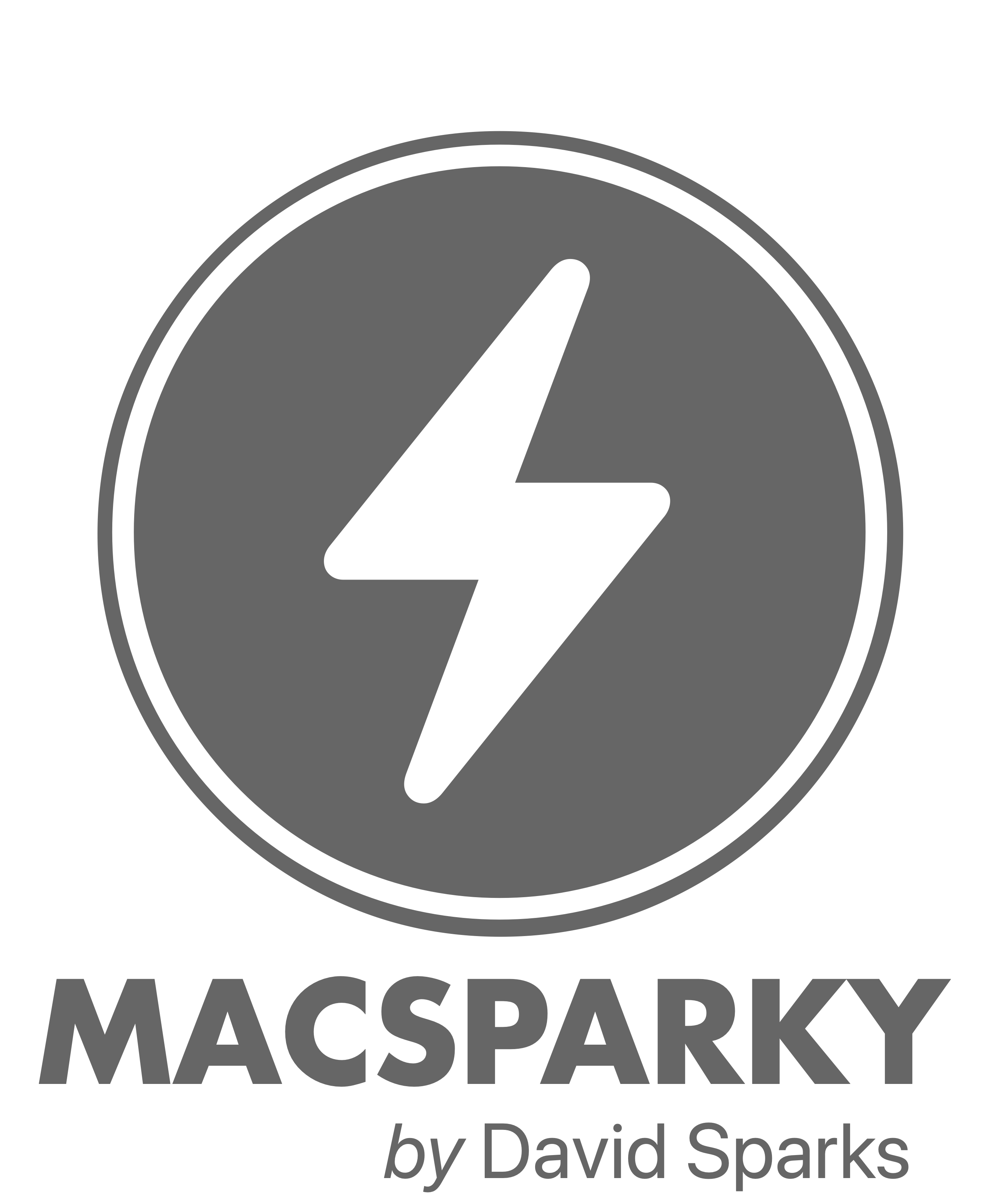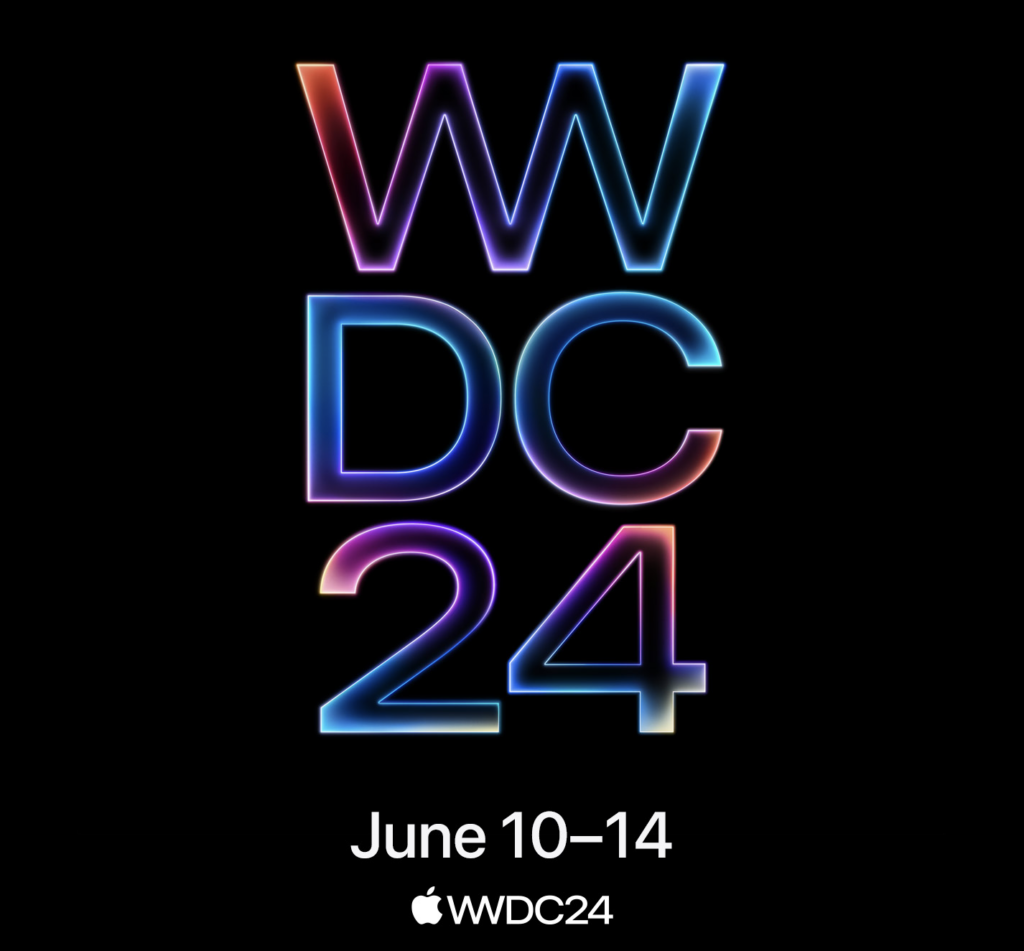In a few days, Apple will take the stage at WWDC 2025. This year’s keynote speech feels like an inflection point for Apple. More than just announcing the new operating systems, this year Apple needs to show its ability to evolve.
As we sit here, just days before, there’s a growing list of uncertainties around Apple.
Artificial Intelligence Questions
All of Apple’s competitors are making strides with artificial intelligence:
- Google has jumped into artificial intelligence with both feet with the Gemini LLM. But that’s not all. They’ve also aggressively integrated artificial intelligence into all their platforms, with features already shipping.
- Open AI and Anthropic are also iterating fast with consumer and enterprise offerings.
- Microsoft doesn’t have a frontier model but has already incorporated artificial intelligence through the co-pilot ecosystem. Microsoft’s recent commitments to Anthropic’s MCP Agent model will have a huge impact on enterprise computing.
In contrast, in its first year, Apple Intelligence feels like a dud. Moreover, there are few signs from the outside that Apple is rising to the challenge. For the first time in a long time, the tech world is pivoting to something new, and Apple isn’t part of the conversation.
Design Challenger
Then there’s the OpenAI-Jony Ive alliance. Whether anything ever comes out of it, the announcement still feels like a shot across the bow in Cupertino. Apple has always been the recognized leader in hardware design. And now that’s being called into question.
Whither, Siri?
And then there’s the Siri question. In Apple’s rush to prove it had artificial intelligence chops last year, it got ahead of its skis. The problem is, Siri is still bad. “Still” is the correct word. I have a long-running gripe with Apple on this. Siri’s inadequacies have been well-documented for years. They’re in this mess because they chose to leave it bad. Now, a broken Siri is kneecapping Apple’s AI initiative, and they are discovering that fixing it is a multi-year project.
Disgruntled Developers
And then maybe the biggest cloud over Apple right now at WWDC is its deteriorating relationship with its independent developers. I’ve been writing about Apple and talking to developers for almost 20 years now, and I have never seen them more frustrated with Apple. Put simply, Apple is overdrawn in its relationship with its developers. And now that soured relationship is costing Apple. Don’t believe me? Just look at the dearth of good apps for the Vision Pro.
A Few Humble Suggestions
So, can Apple get out of this pickle at WWDC? Probably not. But they certainly could make a start. However, if Apple thinks introducing a new user interface and numbering scheme will be enough, they’re wrong. Here’s a few ideas about how Apple could answer some of these questions at the WWDC.
Re-Introduce and Recommit to Apple Intelligence
First, I think they should take another pass at Apple Intelligence. The original strategy, focusing on using artificial intelligence combined with Apple’s access to private data, was a good one. The problem wasn’t the strategy, but the execution. I would double down on the strategy and also give concrete examples of roadmaps, models, and plans to prove they have the chops to bring it to life. I think they should also get even more aggressive with their partnerships with the existing frontier models and consider even more integration with iOS until Apple can set its own AI house in order.
I know what you’re thinking right now: Apple doesn’t do this. They never talk about how they’re going to do something in the future. They don’t let other companies into their house. Well gang, it’s time for them to change their approach.
Last year, Apple demonstrated fictional AI features. So if they want to re-establish any credibility, it’s time to come clean and get out of their comfort zone.
Address the Siri Rebuild
Second, I would reintroduce Siri for real this time. Literally every other major player in the AI space has proven the ability to get intelligent conversational texts and dialogue with artificial intelligence. Apple is a trillion-dollar company, and surely they have the ability to do that. They need to demonstrate that ability along with their commitment to do it spectacularly.
Siri needs that bottom-up rewrite. A reliable Siri is even more critical to Apple because it doesn’t have its own frontier model. To become part of the AI conversation, Apple needs to become the gatekeeper of AI on its platforms, and a first-class Siri is the obvious gatekeeper in that scenario.
It appears Apple has only very recently found religion about Siri and the new management has only been there a short while. As such, I’m not expecting them to say much, if anything, about Siri while they regroup. I think they should address it, though. Even if they say, “Hey. We get it about the challenges with Siri. We’re going to have a lot to say about that in the future, but for now, understand we get it and we are working on it.”
Give the Developers Useful New Tools
Now, to help restore their relationship with developers, an easy win would be providing them access to Apple Intelligence. What has always made the Apple platforms best in breed is the extraordinary software developed by independent developers. If Apple gives the Apple Intelligence toolset to developers (assuming the toolsets are working), they will develop new and interesting uses that suddenly make the Apple platforms relevant to artificial intelligence again.
The problems with developers, however, run much deeper and something like this would be only a start. It took years for Apple to dig this hole and it will take years to dig out.
Bring Apple’s Design Chops to Artificial Intelligence
Next, Apple should focus on design. That still is Apple’s forte, and the current design and user experience amongst artificial intelligence is abysmal. Just look at the ridiculous way ChatGPT names its models. Apple could use its design prowess to create a human-first artificial intelligence experience that could put it right back on the map.
I don’t know what Apple intends to do on Monday when it takes the stage, but I sincerely hope they are working overtime on this one.
The landscape is changing, and Apple needs to adjust to that. This isn’t as extreme as some folks make it out to be. Apple is not on the precipice of irrelevance here. If, however, they don’t meet these challenges head-on, they could be starting their slide. I hope Tim Cook and his team step up to the moment this week.
* * *
Want posts like this in your inbox?


